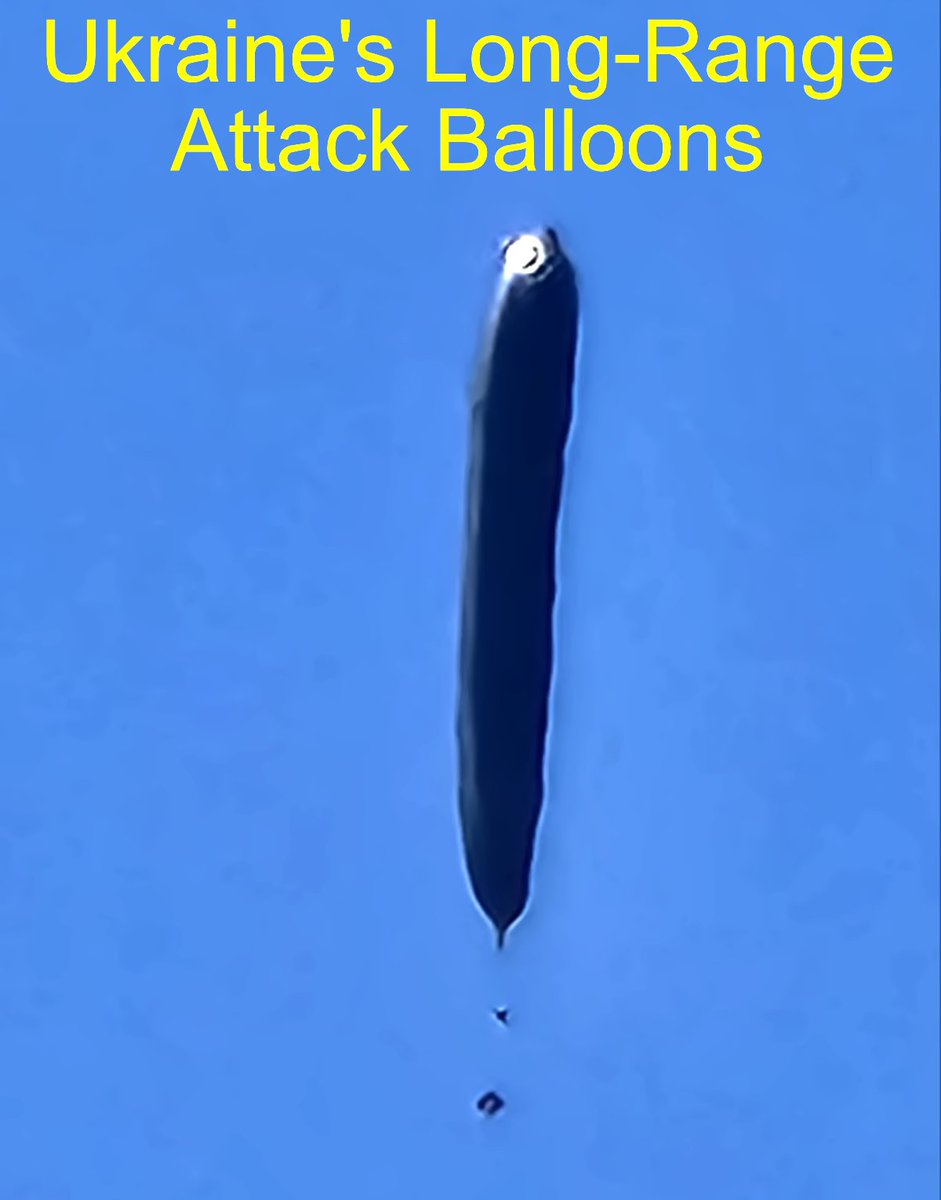1. Russian Telegram states, “we often see military equipment at the front tuned with metal meshes. The chain-link mesh creates a protective space over the car from enemy drops, and has already saved many lives.” But a Soviet-aera Saporoshez SAS 968 with an anti-drone cage? 

2. The Saporoshez was made from 1971 to 1994 and has a 45 HP air-cooled V4. Apparently, it can reach 100 km/h (62 mph) in 32 seconds (one assumes unloaded). It seems unlikely this would outrun an FPV drone. 

3. Also a sign that things are not going well for the russians: a Lada 2101 with some chicken wire is now considered a “military vehicle”.
t.me/fronttyagach82…

t.me/fronttyagach82…

4. This must be some sort of commander’s vehicle (e.g., russian equivalent of an M1130). It is a relatively new russia-made Gaz 31105 Volga. The push bar is a nice touch. 

5. In all seriousness, russians proudly posted these photos on Telegram as a display of their ingenuity. However, russia’s increasing use of bizarre vehicles in combat is a sign that things are not going well for them.
• • •
Missing some Tweet in this thread? You can try to
force a refresh




















